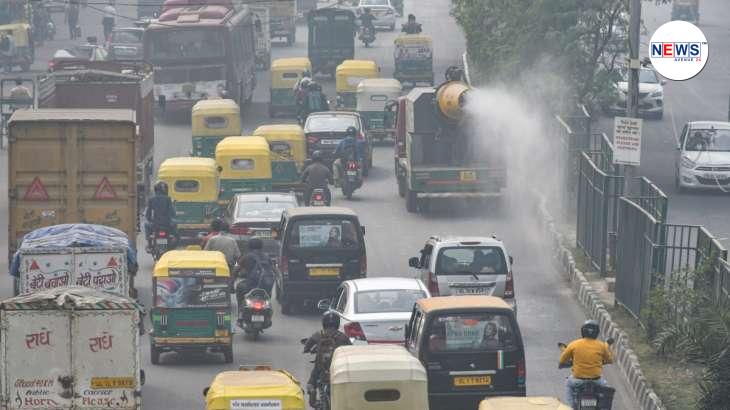
Delhi air quality deteriorates to ‘Very Poor’ levels with AQI of 306
This deterioration in air quality has raised concerns among residents and health experts, who are bracing themselves for the annual battle with poor air and its associated health issues.
As winter approaches, the national capital, Delhi, is experiencing a significant drop in air quality, with the Air Quality Index (AQI) reaching the ‘Very Poor’ category. According to the latest data, the overall AQI in Delhi is recorded at 306.
Delhi’s air quality on Sunday
The air quality in the national capital, Delhi, has taken a significant hit, with the Air Quality Index (AQI) plunging from ‘Poor’ to ‘Very Poor’ levels. According to data from SAFAR-India, the AQI reached 302 on Sunday afternoon.
The Sunday morning saw the air quality categorised as ‘Poor’ with an AQI of 266, a significant decline from the 173 AQI recorded the previous Saturday. The System of Air Quality and Weather Forecasting and Research (SAFAR) reported the air quality at Delhi University at 330 (Very Poor) by noon, while the IGI Terminal T3 in New Delhi registered an AQI of 313, a notable increase from 276 in the morning.
According to SAFAR, Kartavya Path at India Gate began the day with an AQI of 266. Nearby areas displayed varying air quality levels, with Noida recording an AQI of 290 (Poor) and Gurugram at 152 (Moderate). The air quality worsened further in specific locations in New Delhi, with Anand Vihar breaching the ‘Very Poor’ category at an AQI of 345, ITO at 309, New Moti Bagh at 360, and Dwarka Sector-8 at 313.
AQI categories: What does ‘Very Poor’ mean?
The AQI is a standardised system used globally to communicate the level of air pollution to the public. It categorises air quality into different levels, each associated with a color code and a set of health advisories.
- Good (0-50): Air quality is satisfactory, and poses little or no risk to health.
- Satisfactory (51-100): Air quality is acceptable; however, it may pose a moderate health concern for some individuals with respiratory problems.
- Moderately Polluted (101-200): Air quality is acceptable; however, there may be a concern for some people who are unusually sensitive to air pollution.
- Poor (201-300): Everyone may begin to experience health effects; members of sensitive groups may experience more serious health effects.
- Very Poor (301-400): Health alert: everyone may experience more serious health effects.
- Severe (401-500): Health warnings of emergency conditions. The entire population is likely to be affected.
As Delhi grapples with deteriorating air quality, authorities and residents are being urged to take precautionary measures to mitigate the health risks associated with such conditions. This situation highlights the ongoing battle against air pollution in the national capital and the urgency of finding sustainable solutions.
News Sources – India Tv News





